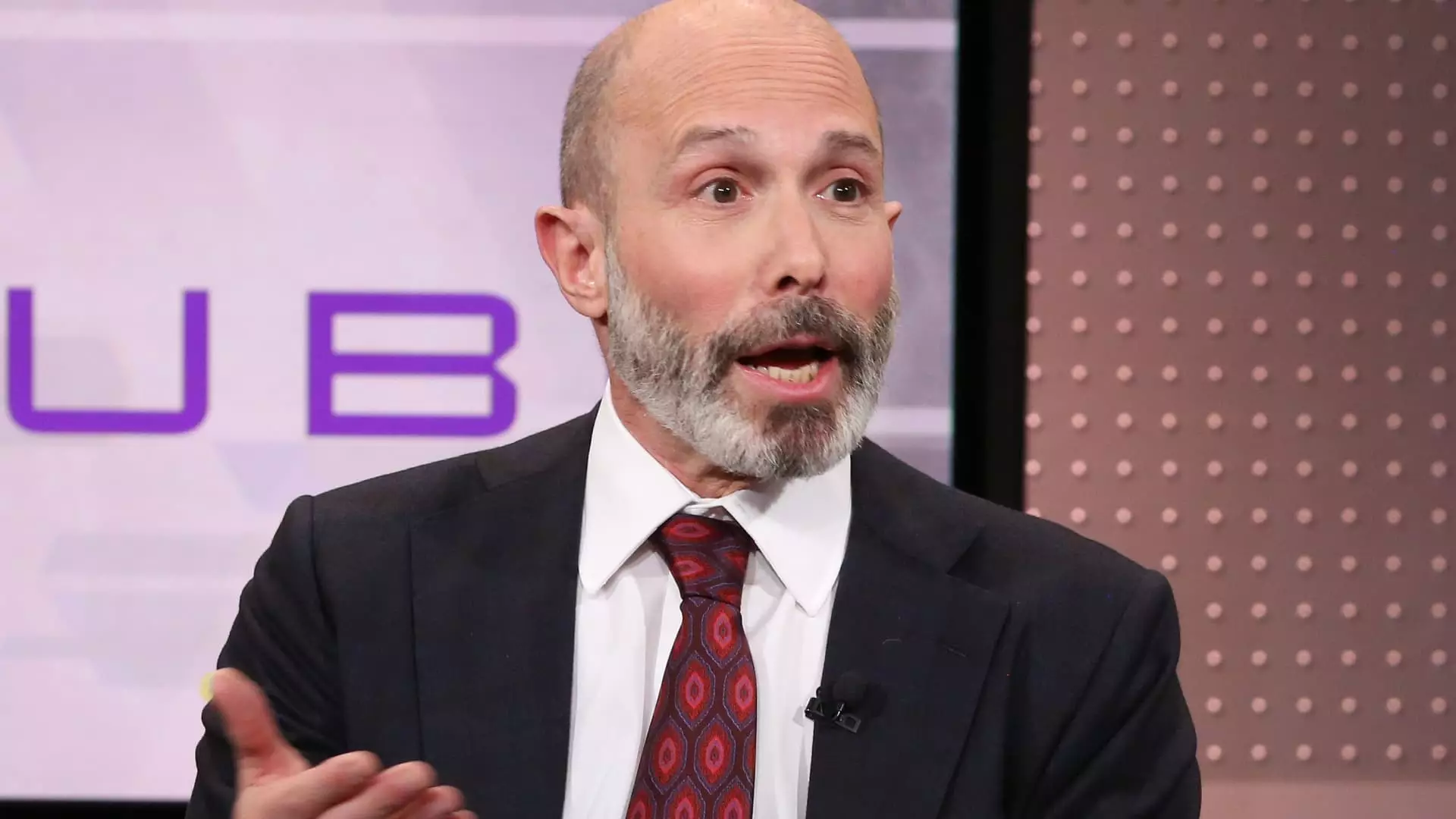The insurance market in California is undergoing significant transformations, as highlighted by Chubb’s CEO, Evan Greenberg. This vibrant yet complicated environment presents both opportunities and challenges for insurers. Recognizing that the traditional approaches to underwriting may no longer be sustainable, Greenberg’s strategy emphasizes a measured response to risk that prioritizes profitability over market share.
Chubb recently reported remarkable results for the year 2024, attributing its performance to disciplined risk management and strategic decision-making. The company’s fourth-quarter earning call revealed net income of $2.58 billion or $6.33 per share, underscoring a growth trajectory that is not only impressive but also indicative of its resilience in a challenging landscape. The uptick in Chubb’s stock, which saw a 13% increase over the past year, reflects investor confidence in the company’s business model and its handling of calamities, such as the recent wildfires that have plagued the Los Angeles area.
However, these disasters have also put immense pressure on Chubb and its competitors, such as Allstate and Travelers, who are anticipated to face substantial financial repercussions. Greenberg’s acknowledgment of a projected $1.5 billion in net pretax costs due to these wildfires demonstrates the high-stakes nature of the business. The fact that Chubb has reduced its exposure by 50% in risk-prone areas showcases its proactive approach to loss containment.
At the heart of California’s insurance woes is a regulatory framework that complicates rate-setting. Greenberg voiced concerns that current restrictions prevent insurers from adjusting premiums to reflect the actual risks inherent in California’s wildfire-prone regions. The result, he argues, is an economic model that is “unsustainable.” Individuals and businesses might be incentivized to occupy areas with high-risk profiles, primarily due to artificially low insurance costs. This tug-of-war between regulatory demands and the realities of risk assessment complicates the landscape for insurance companies not just in California but across the country.
In criticizing this model, Greenberg highlights the need for a re-evaluation of the insurance market, urging that a balance must be struck to ensure both affordability for consumers and financial solvency for insurers. The prevailing pressure from consumer advocacy groups aims to keep rates low, which complicates an already precarious situation for companies trying to remain viable while managing risk effectively.
Greenberg expressed optimism about Chubb’s future despite the prevailing uncertainty in the market. The CEO outlined three distinct streams expected to bolster Chubb’s earnings growth: property and casualty underwriting, investment income, and life insurance. This multifaceted investment approach allows Chubb to mitigate risks associated with any single segment of its business, thereby providing a buffer against potential market volatility.
Chubb’s competitive advantage in the commercial middle-market lines is noteworthy, particularly as regional and mutual insurers struggle to adapt to the complexities of climate change and heightened litigation risks. Greenberg emphasized that Chubb’s extensive reinsurance relationships and data analytics capabilities position the company well to navigate these challenges—something smaller insurers may find difficult.
The metrics that underpin Chubb’s growth narrative are compelling. Reports indicate a 7% rise in property and casualty underwriting income and a staggering 10% expansion in global premiums written. Life insurance premiums also saw an 18.5% increase, indicating a broad-based demand for Chubb’s offerings. This impressive growth is further highlighted through its focus on affluent customers, where premium growth surged by 10%, particularly in high-net-worth segments—a strategy that demonstrates Chubb’s commitment to niche markets while enhancing brand loyalty.
The challenging environment has forced Chubb to innovate continually, especially regarding homeowners’ insurance, where premium pricing increased by more than 12%, clearly outpacing loss costs. Such adjustments not only reflect the company’s adaptability but also its commitment to maintaining strong financial health in fluctuating conditions.
As California’s insurance market becomes increasingly daunting, Chubb’s performance underscores a broader industry trend towards rigorous risk assessment and responsible management. Greenberg’s insights provide valuable lessons on navigating regulatory pressures and adapting to shifting market landscapes. The path forward for insurers lies in balancing risk and profitability, a strategy Chubb exemplifies as it continues to carve out its niche in an ever-changing environment. This balanced approach might just be what the industry needs to sustain itself amid ongoing challenges. Being proactive rather than reactive will be crucial for success in the tumultuous insurance market of California and beyond.

